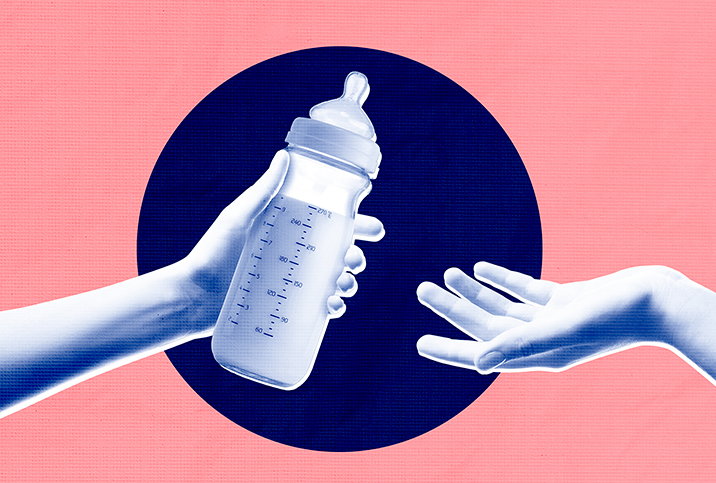Breast cancer is one of the most common types of cancer worldwide. It can affect men and women of all ages. Getting a breast cancer diagnosis can be frightening.
Understanding more about this condition and available treatment options can help you get through it better.













